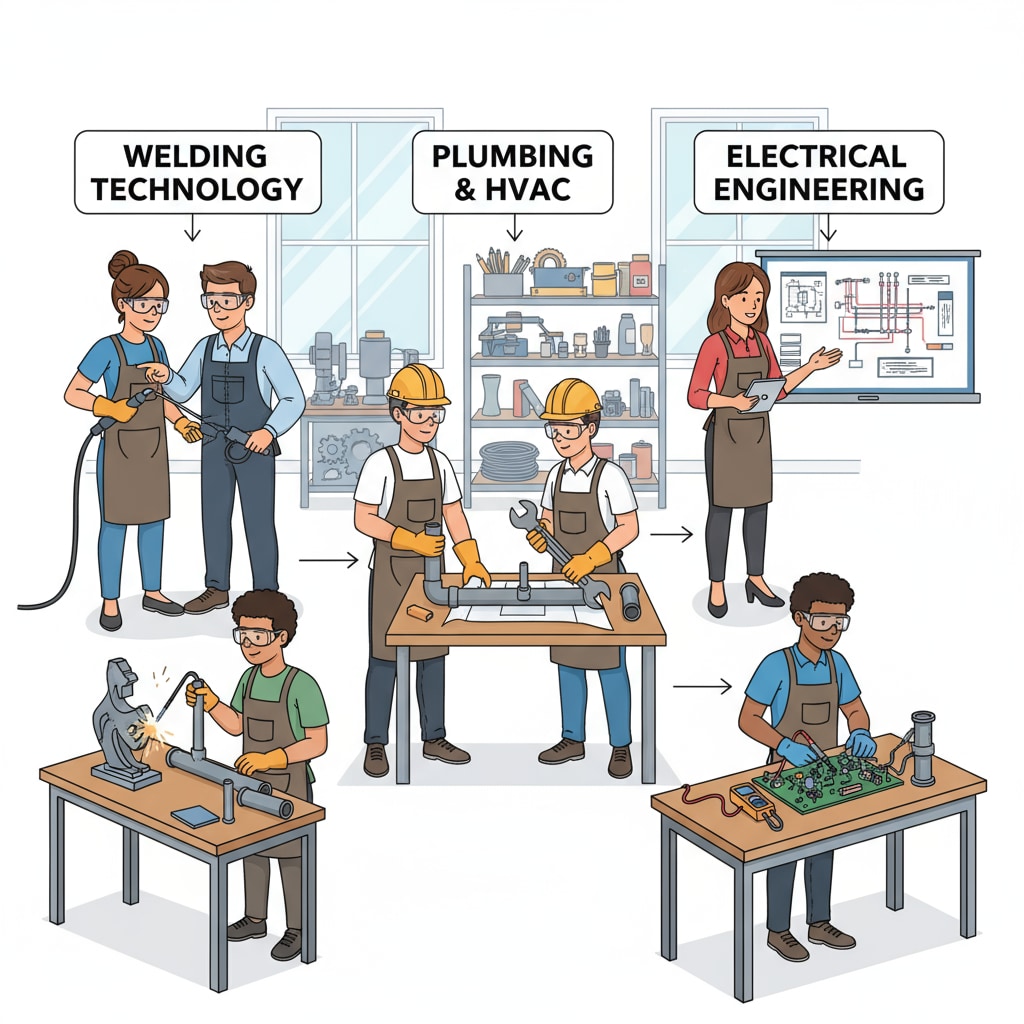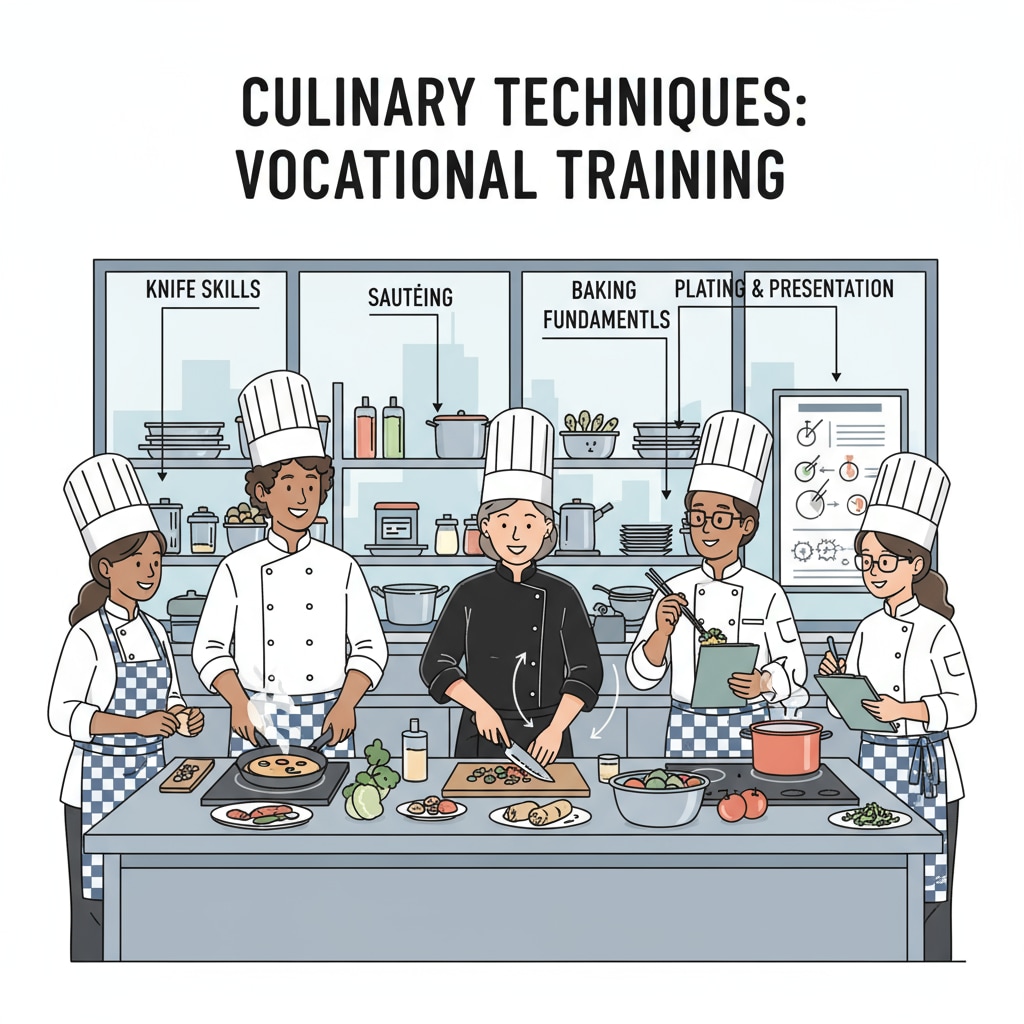In the realm of education, the debate surrounding the return on investment of higher education, vocational training, and their impact on employment prospects has gained significant traction. For K12 students and their parents, choosing the right educational path is crucial. Let’s delve into the comparison between higher education and vocational training in Australia and the US.

The Traditional Higher Education Model and Its ROI
For decades, obtaining a university degree has been seen as the golden ticket to a successful career. In Australia and the US, higher education institutions offer a wide range of programs. However, the cost of attending a university has been skyrocketing. According to data from the US National Center for Education Statistics, the average cost of tuition and fees at public four-year institutions for in-state students has increased significantly over the past few decades. In Australia, a report by the Department of Education, Skills and Employment shows a similar upward trend.
Despite the high cost, the promise of better job opportunities and higher salaries has kept students flocking to universities. But does it always translate into a high return on investment? Many graduates find themselves burdened with student loans, and the job market is becoming increasingly competitive.
The Rise of Vocational Training and Its Appeal
On the other hand, vocational training is emerging as a viable alternative. Vocational education focuses on providing students with practical skills that are directly applicable to the workforce. For example, fields such as plumbing, electrical work, and culinary arts are in high demand. In Australia, the vocational education and training (VET) sector plays a crucial role in meeting the skills needs of the economy.

One of the major advantages of vocational training is its relatively lower cost. Students can complete vocational courses in a shorter period compared to a traditional university degree. Moreover, they often find employment more quickly. According to Australian Workforce, many vocational graduates are snapped up by employers even before they finish their courses.
In conclusion, while higher education still holds its prestige, vocational training offers a compelling case in terms of investment return and employment prospects for K12 students. It’s time for educators and parents to reevaluate the traditional ‘university-first’ mindset and consider vocational education as a valuable option for a successful future.
Readability guidance: This article uses short paragraphs to present ideas clearly. Each section under the H2 headings provides key points. The use of passive语态 is minimized, and transition words like ‘however’ and ‘on the other hand’ are used to enhance the flow.


